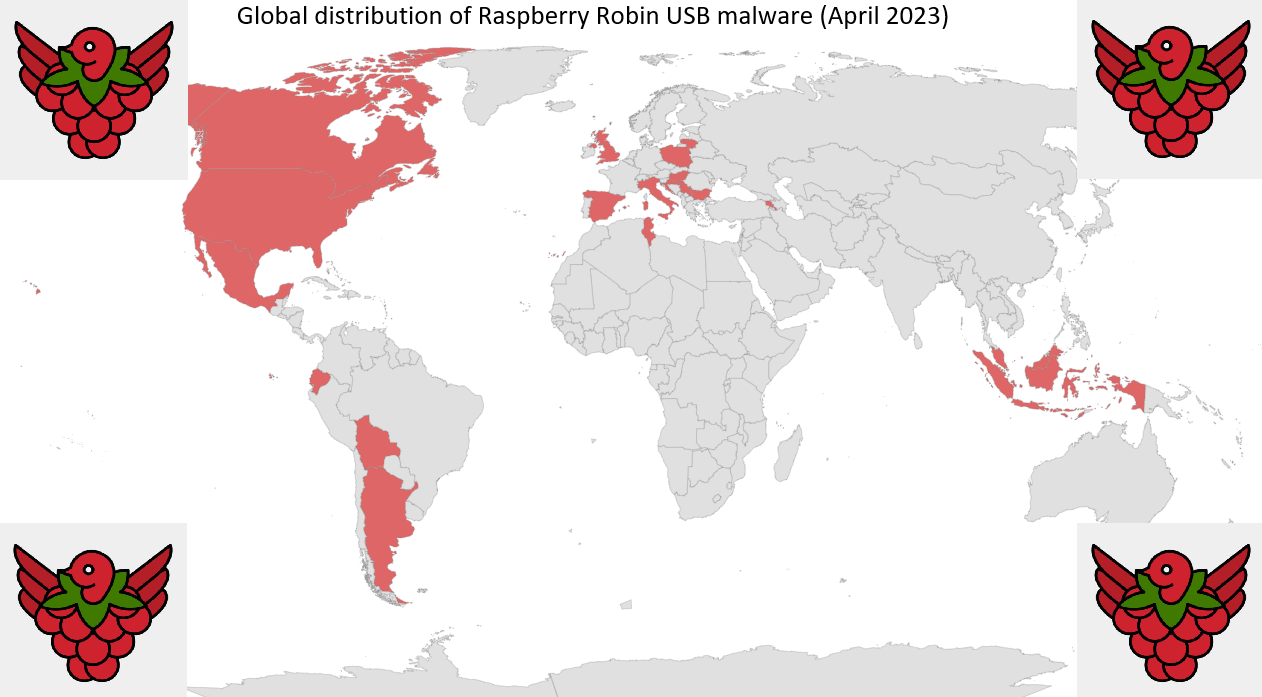Writing Hacker Fiction With Help From AI

I wanted to do something a bit different and fun so I created a new site hackerfiction.medium.com with one purpose: Telling fictional short stories about hacking using AI. I’ve explained why and how I’m doing this in my Introduction blog, I recommend checking it out first. Ultimately, I made these stories for me. But think others may enjoy them too so I shared them. I’ve enjoyed making these short stories and generating some visuals. And I may make some more. To me, these stories show how the future of all entertainment will be influenced by AI. Interestingly, some have noted that these hacker fiction short stories, initially designed purely for fun, could also be used productively by governments, militaries, and organizations. The ideas are fundamentally generated by the human through a series of "what if" scenarios. The story contents are generated by the AI and then further edited to make sense by the human. For these stories to be useful, though, they would h...



